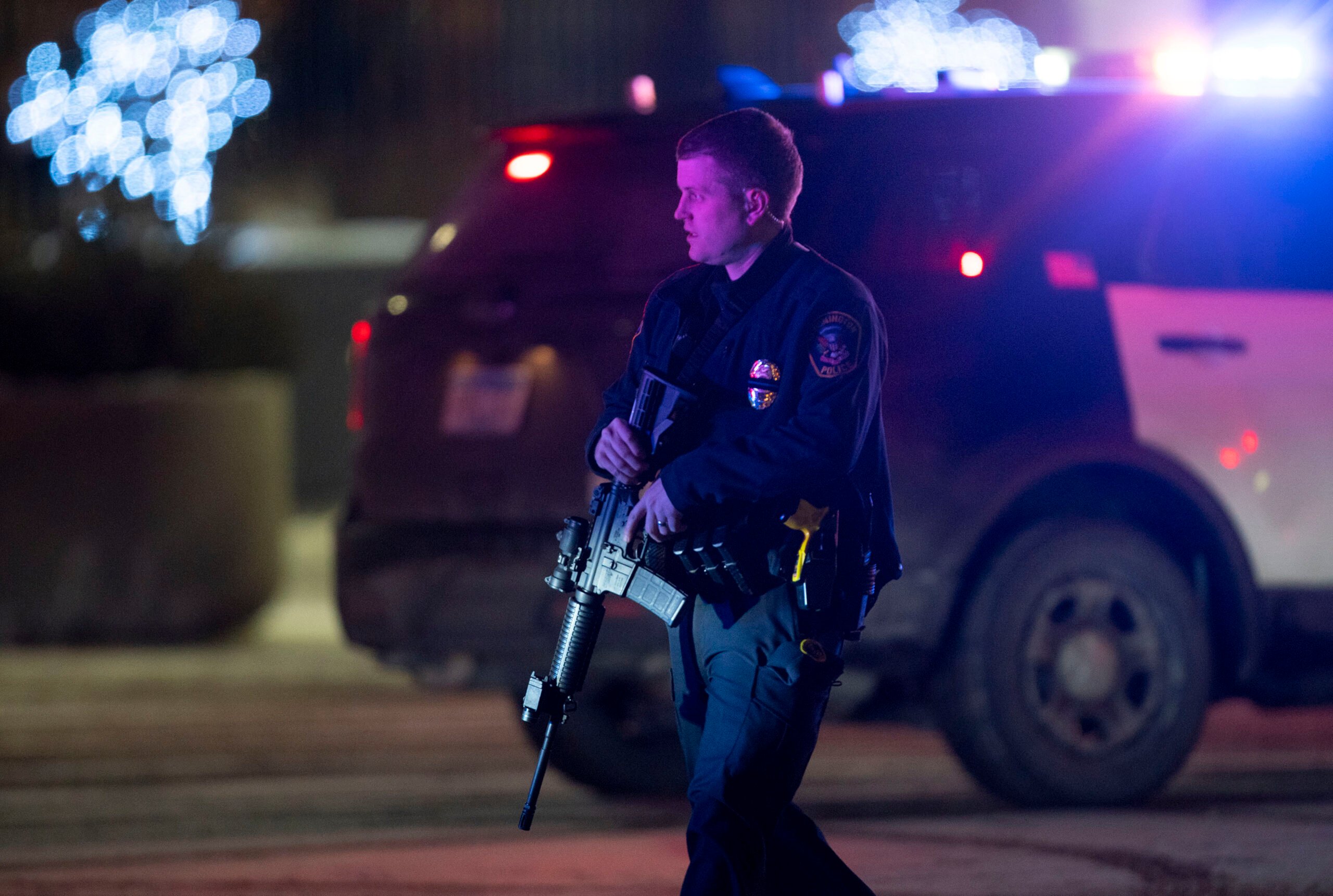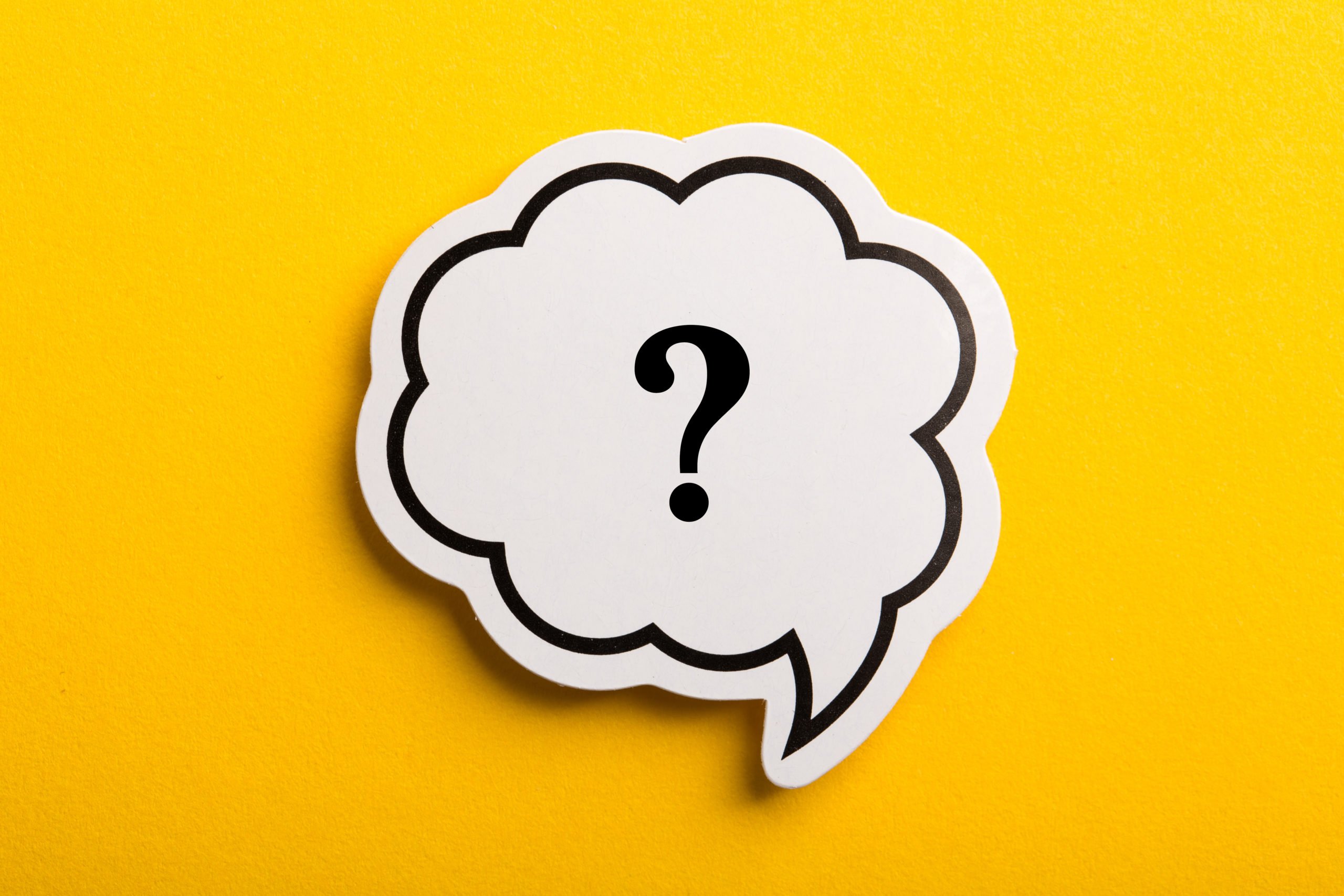In January 2013, responding to the Sandy Hook massacre, New York Governor Andrew Cuomo pushed firearms restrictions through the state Legislature that were touted as the nation’s toughest. But an omission soon caused alarm. Harried lawmakers had failed to exempt police from a measure that limited magazine capacity. The press treated this as an embarrassing gaffe and the Cuomo administration immediately moved to carve out a magazine exemption for active-duty and retired police, while arguing that a law already on the books made such tweaks redundant. The more carve-outs for cops, it seemed, the better.
The uproar illustrates a widely held expectation that restrictions on civilian gun use will not — and should not — extend to law enforcement. For as long as police in America have carried guns, they have been spared from many of the prohibitions that apply to the public.
A reader asked us to explain this little-questioned practice.
The Trace contacted more than a dozen academics and researchers who’ve concentrated on policing, the firearms debate in America, or a bit of both, and it was evident that the matter has been little studied. Those willing to puzzle through the reader’s question suggested that cultural perceptions about security, the fundamental nature of states, and politics all play a role.
We’re on the cusp of midterm elections, so let’s begin with politics.
The GOP’s message to voters this cycle is that Democrats are weak on crime and want to strip police of funding — leaving good people at the mercy of criminals. To counter that charge, Democrats are playing up their alliances with law enforcement by featuring cops in political ads. These are old, familiar moves that the parties are delivering with particular zeal just now.
As a bloc, rank-and-file police are more opposed to gun restrictions than the public. Police leadership has tended to be more supportive of gun control measures. But increased polarization has seen law enforcement as a whole adopt a more critical stance toward firearms restrictions. There are plenty of sheriffs, for instance, declining to enforce gun laws.
Preserving law enforcement support is key to Democrats’ gun policy aims. To protect the backing they do have and blunt attacks from the GOP, they can’t be seen as disarming cops.
“I don’t think that any gun control proposal inclusive of police officers would ever withstand the political process,” said Jorge Camacho, policy director at Yale Law School’s Justice Collaboratory, a research center focused on policing and other elements of the justice system.
Today, following a landmark Supreme Court ruling that abolished the existing framework for deciding the constitutionality of gun laws, legislatures nationwide are scrambling and firearms law is being reshaped. Yet political leaders are continuing to push firearms restrictions, like the creation of so-called gun free zones, that exempt police and other law enforcers.
Political calculation is only part of the reason why. Camacho said restricting civilian gun rights and giving police an edge when it comes to firepower is rooted in a core truth about states: They function through coercion and survive largely by virtue of the near monopoly they enjoy on the use of legitimate force. “This is true of even the most benevolent states,” Camacho said. “I don’t think anybody can identify a nation state that has operated in any other way.”
In the case of the benevolent state, presumably the people, through a democratic process, agree to forfeit a measure of their individual rights for everyone’s benefit. In this scenario, a desired outcome may be that police — while remaining accountable to the public — are more heavily armed than civilians and have greater latitude to exercise legitimate force.
Accountability, of course, and what counts as legitimate force, are critical. Over our history, armed lawmen have brutalized and violated the rights of African-Americans, native peoples, immigrants, and other disfavored groups with impunity. And to this day, police all too frequently commit violence that’s criminal rather than legitimate.
Camacho acknowledges this reality, but said it’s important to distinguish between the experience of policing and its history. Many officers are driven by altruism, he said, and they perform vital, risky work. Police in New Haven, Connecticut, a majority Black and Latino city where Yale is located and where a quarter of the population lives in poverty, make gun arrests and recoveries daily, he said, frequently inside schools. “Time and again, it’s shown that most people don’t want to defund or abolish the police,” Camacho said. “They want their police armed and ready to respond to threats, even in communities that have seen the worst police abuses.”
There is an alternate, libertarian view that subverts Camacho’s assertion about the essence of statehood. Though a minority view, it’s worth mentioning because it’s widely held within the gun rights community: People have inherent rights, one being the right to self-defense and by extension to own a gun, and there is effectively nothing that can justify a state infringing on that right. Any benefit that could realistically follow from a gun law that exempts cops is certainly no justification and these laws themselves violate libertarian principles.
Jake Monaghan, a visiting assistant professor of philosophy at Chapman University who has written on libertarian views of policing, said he’s sympathetic to the idea that many gun laws are at odds with a robust right to self-defense. However, Monaghan said the prevalence of firearms in America clearly contributes to high levels of lethal violence, and he called the argument that widespread gun ownership promotes safety “really facile.” Monaghan put the core question like this: “Do you think the fundamental right here is a right to self-defense, or is it a right to collective security?”
Our prevailing cultural beliefs about public safety and police also account for the tendency to exempt law enforcement from gun laws, said Seth Stoughton, a professor at the University of South Carolina School of Law. Stoughton, who spent five years as a police officer, said that unlike residents of other Western democracies — particularly those where a large portion or majority of police are unarmed — Americans immediately associate public safety with a uniformed figure carrying a gun. “We don’t separate the concept of public safety from policing,” he said, “nor the concept of policing from armed policing.”
This was not always the case. Stoughton said that when police forces began to professionalize in the mid-19th century, those first officers were neither uniformed nor armed, to allay public fear that they would abuse their power. Ironically, many police began to carry guns in violation of their department’s standing orders. It was not until the upheaval of post-Reconstruction America, he said, that it became a broadly accepted norm for police to carry firearms.
The Trace has written about how the presence of a gun in the hands of police shapes their encounters with the public. In America, police shoot and kill far more people than their counterparts in other countries. And while commercial fishermen, farmers, and sanitation workers are more likely to die on the job, police in America are fatally shot in far greater numbers than in other developed countries. From 2012 to 2021, a Center for American Progress analysis found that 456 police officers were fatally shot in the United States. During the same period, 12 officers were shot and killed in Canada and four in the United Kingdom.
Whether allowing police to wield greater firepower makes them or the public any safer is an obvious question, but data that could provide an answer is lacking, Stoughton said. Still, he and Camacho both said there is evidence that in many situations that officers confront, their firearm increases the potential for escalation and, therefore, lethal violence.
The civilian gun ownership rate in the United States is the highest in the world — more than double that of the second-most armed country, Yemen. Given that, Camacho said, even the most progressive officer is not going to back police disarmament. But he also noted that there is greater support among cops for less lethal approaches than many assume.
Camacho’s father was an officer in New York City who saw his fellow officers, fearful and primed for violence, pull their guns too often. His father wanted another option: jiu-jitsu. Better training in non-lethal use of force and de-escalation could save the lives of citizens and police, Camacho said. Similarly, as The Trace has reported, sending unarmed crisis teams to mental health calls instead of police likely reduces bloodshed, he said.
“It’s not a question of whether police should be armed, but what situations require an armed response,” Camacho said. “Do we really need somebody with a gun responding to all 911 calls? Increasingly, the answer is no.”


